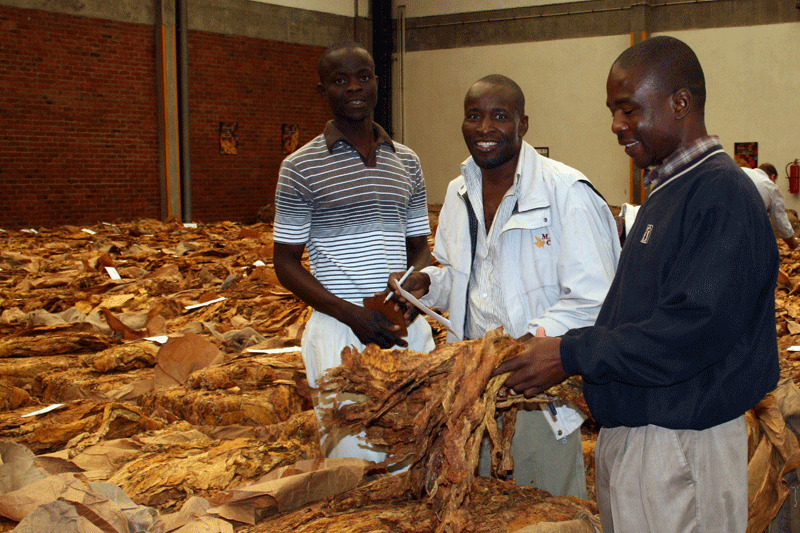Zimbabwe’s tobacco sector is positioned for major expansion, with government projections indicating the industry could reach $7 billion by 2030. The Agriculture Food Systems and Rural Transformation Strategy 2 (2026–2030) outlines a sharp rise in the sector’s gross value contribution, which was $1.2 billion in 2025.
The Tobacco Industry & Marketing Board reported that Zimbabwe produced 340 million kg of tobacco in 2025, but the Tobacco Transformation Plan hopes to see that number reach 500 million kg by 2030. Zimbabwe is also working to greatly increase the tobacco processed domestically, as opposed to exporting 90% of it raw as it currently does. The Plan also hopes to promote new specialty tobacco varieties, including cigar, shisha, naturally cured, and dark fire-cured types.
As Africa’s largest tobacco producer, Zimbabwe’s tobacco industry supports over 130,000 households and contributes more than half of the country’s agricultural exports. More than 85% of the crop is grown by small-scale farmers, many of whom benefited from land reform.
Despite its growth potential, the sector faces significant headwinds, including global anti-smoking measures, traceability and environmental regulations, child-labor concerns, and outdated legislation. Agriculture Minister Dr. Anxious Masuka said the new strategy reflects extensive consultation across government, industry, and farming stakeholders, and is structured around ten pillars focused on policy reform, climate resilience, rural industrialization, financing, infrastructure, and land management.










